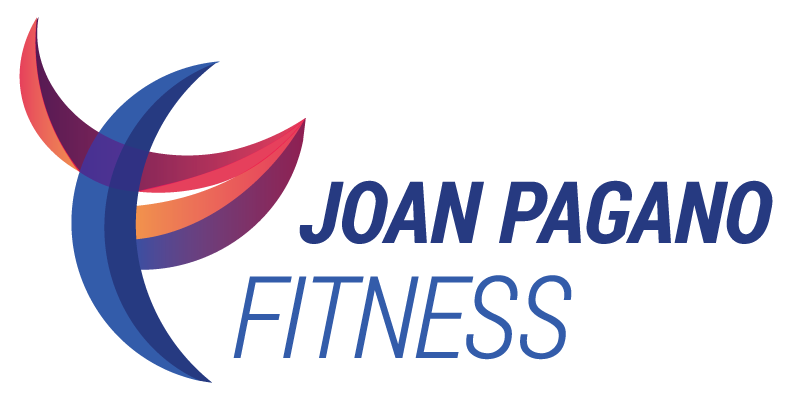Height Loss with Age
It is normal to experience height loss related to aging changes. Not only do our muscles and bones lose mass, but the constant downward pull of gravity and the gradual loss of fluids in all the tissues of the body combine to “shrink” our muscles, bones, and joints.
What is normal height loss with age?
People typically lose about one-half inch of height per decade after age 40. Height loss is even more rapid after age 70 and may cause a total loss of 1-3 inches with advancing age. However, it is not inevitable that you’ll get shorter or stooped as you get older. A significant loss of height as you age is a sign of osteoporosis, especially after age 50.
The Connection between Height and Bone Loss
Osteoporosis, literally “porous bones,” causes the bones to become brittle and vulnerable to fracture. The vertebrae in the spine weaken and collapse or compress due to less cushioning and lubrication, and the spine itself curves forward. Known as compression fractures, the vertebrae may heal in a wedge shape, causing the spine to bend forward, or may heal evenly compressed, in both cases causing a loss of height.
Posture Plays a Role as Well
As we age, we typically develop a forward posture, the head moving forward of the shoulders and the upper back rounding, due to habitual postures in our daily routines. We spend most of the day in activities that require us to work, carry, and lift to the front. We drive, do housework, raise children, and do desk work to the front. Gradually, this takes a toll on the shape of the spine.
How to Minimize Height Loss with Exercise
Stretching and elongation techniques (video)
Strengthening (video and still)
Postural awareness and alignment (video)
1) Stretching: Do full body stretches to maintain length in the muscles and connective tissues.
Leg stretches for hamstrings, quads, and calves (not pictured)
Upper body stretches, focusing on chest and front of the shoulders and
Torso elongation techniques to “grow taller” (video)
o Elongate the sides of your torso
o Separate the ribs from the hips
o Lengthen the spine
o Lift the top of the head to the ceiling
Upper Body Stretches and Torso Elongation: Minimize Height Loss with Exercise - Visual 1
Upper body stretches to open the chest and front of the shoulders and elongate the torso.
2) Strengthening: Back extension exercises lengthen and straighten the spine.
Prone back extension
To begin, lie face down on a mat with a folded towel under your forehead to ensure proper alignment of the head and neck with the spine.
Bend your arms, resting your forearms on the floor, palms down. Engage your core, drawing your navel in towards your spine.
Exhale as you lengthen your spine by reaching forward with the top of your head. Using your back muscles, lift your head and shoulders, still resting your arms on the floor (not pictured).
Pause, then return to start without resting. Repeat for all reps.
When you are ready to progress, lift your arms with your head and shoulders (as pictured), increasing the resistance to your spine.
Prone Back Extension: Minimize Height Loss with Exercise - Visual 2
If you are just beginning, keep your arms resting on the floor and lift your head and shoulders without using your arms. To advance, lift your arms along with your head and shoulders.
Kneeling back extension - Bird Dog
Kneel on all fours with your hands under your shoulders, knees under your hips, head and neck aligned with your spine.
Contract your abdominals and lift one leg behind you to kip height, knee straight.
When you have your balance, reach the opposite arm forward to shoulder height.
Hold for a second, then slowly lower both your arm and leg to the start position.
Switch sides and repeat, alternating sides for all reps (one rep = both sides).
Bird Dog: Minimize Height Loss with Exercise - Visual 3
Bird Dog works the muscles of the entire back side - the spine, glutes, and posterior shoulder - while challenging your balance, core strength, and stability.
3) Postural Awareness and Alignment: Two easy exercises to reinforce neutral spinal alignment.
Trainer tips:
Work on keeping your head, neck, and spine aligned
Keep your ears over your shoulders
Anchor your shoulder blades, pulling them down and together
Note: If you have compression fractures in the spine, avoid doing the W exercise, which may put pressure on vulnerable vertebrae.
Neck Press and W’s: Minimize Height Loss with Exercise - Visual 4
Two simple exercises to engrain good posture and restore proper spinal alignment.
Disclaimer: The information presented in this article should not be construed as medical advice. It is not intended to replace consultation with your physician or healthcare provider.
For expert guidance on strength training techniques, step by step photos depicting how to perform the exercises and a selection of well-rounded workouts please check out the book Strength Training Exercises for Women by Joan Pagano at https://amzn.to/3mm1GDN
Joan also offers an online fitness and nutrition course, “Beat Belly Fat, Bloating, Bone Loss and the Blues” available on here
(c) Copyright - Joan L. Pagano. All Rights Reserved Worldwide.


